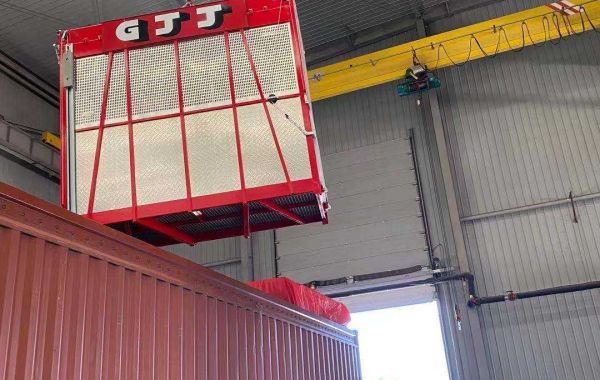Construction material hoists come in various types, each designed to meet specific needs and requirements. Here's a detailed breakdown:
Passenger Hoists
- Purpose: Designed to carry both materials and people.
- Features: Equipped with passenger cabins and safety features to ensure passenger safety.
- Applications: Commonly used in multi-story buildings where workers need to be transported between floors.
Goods Hoists
- Purpose: Primarily designed to transport materials.
- Features: Typically have larger load capacities and are not equipped with passenger cabins.
- Applications: Ideal for transporting heavy materials such as concrete, steel beams, and large equipment.
Personnel Hoists
- Purpose: Designed to carry only people.
- Features: Smaller and more agile than passenger hoists, often used for maintenance and inspection purposes.
- Applications: Commonly used for accessing tall structures or for maintenance work on buildings.
Construction Elevators
- Purpose: A specific type of passenger hoist designed for construction sites.
- Features: Often have larger load capacities and may be adapted to specific construction needs.
- Applications: Widely used in construction projects to transport both materials and workers.
Tower Hoists
- Purpose: A type of hoist that uses a tower structure for support.
- Features: Can be very tall and have high load capacities.
- Applications: Often used in large-scale construction projects where materials need to be transported to high levels.
Mast Hoists
- Purpose: Similar to tower hoists but with a mast structure instead of a tower.
- Features: Often used in smaller construction projects or where space is limited.
- Applications: Can be used for both materials and personnel transportation.
The choice of hoist type depends on factors such as the building's height, the type of materials being transported, the number of workers needing transportation, and safety requirements.








